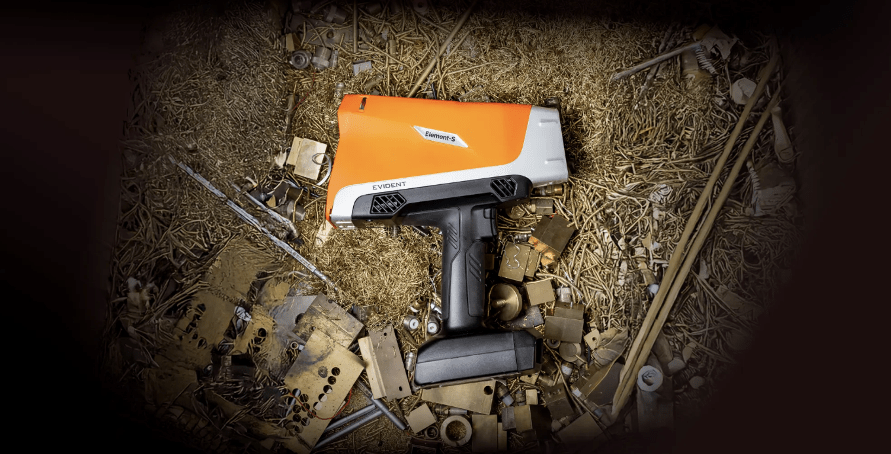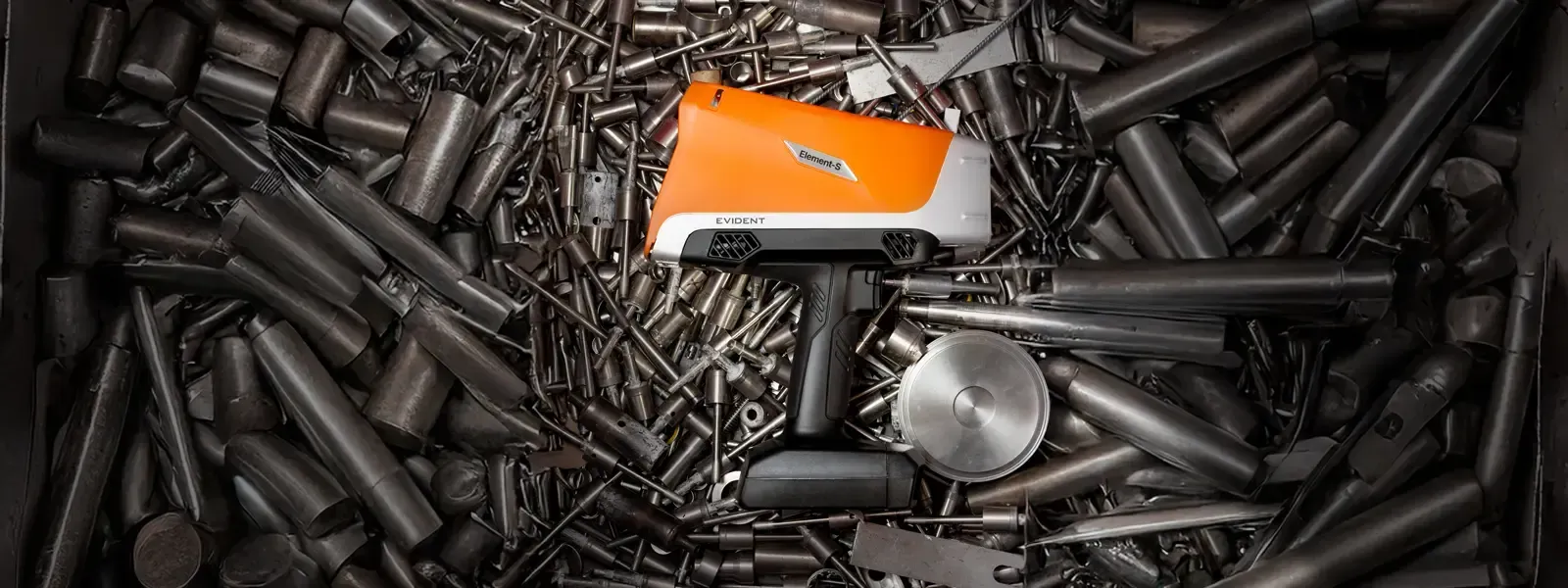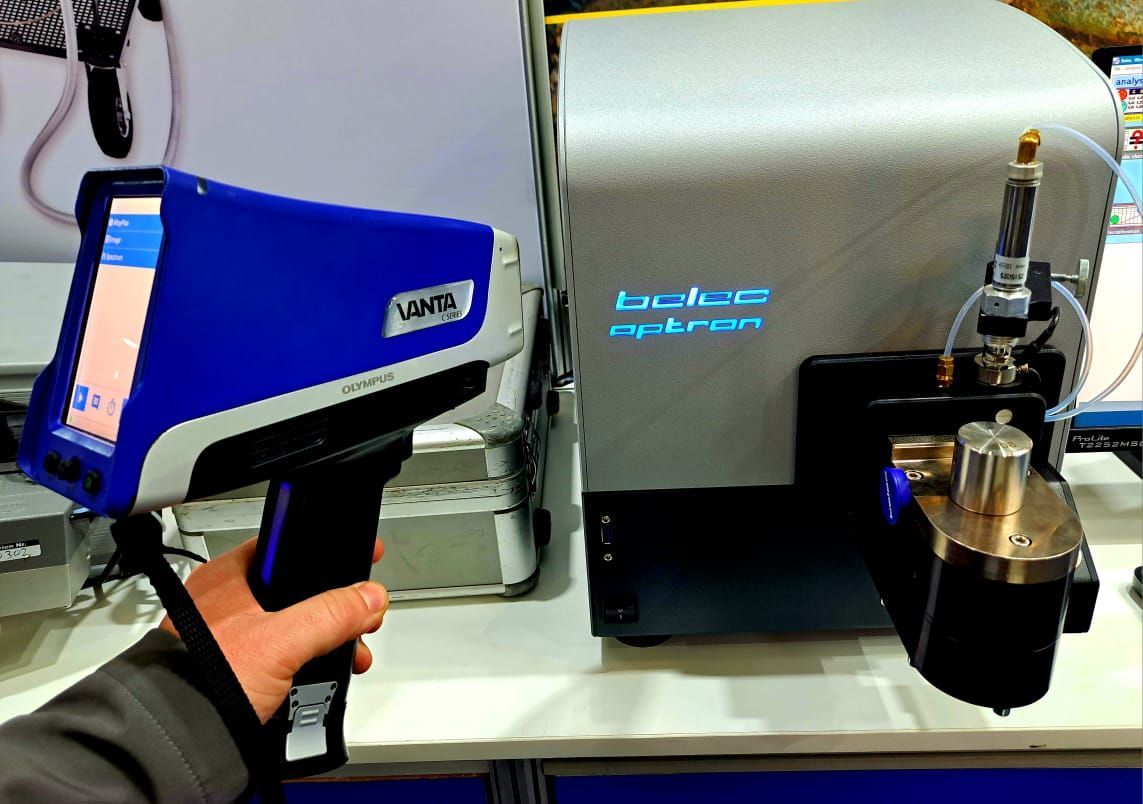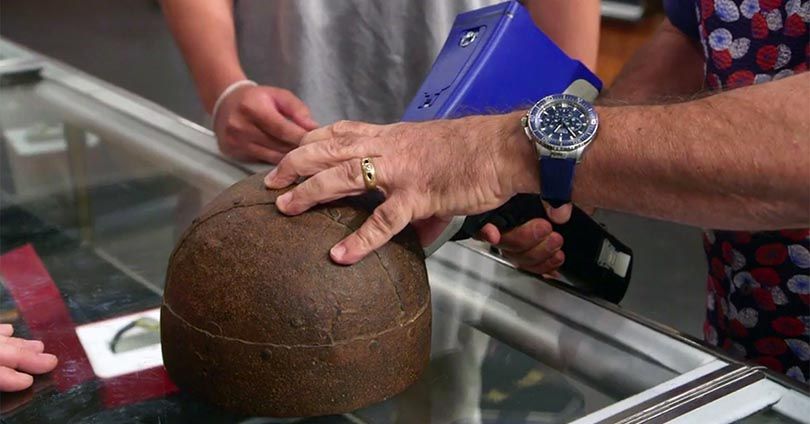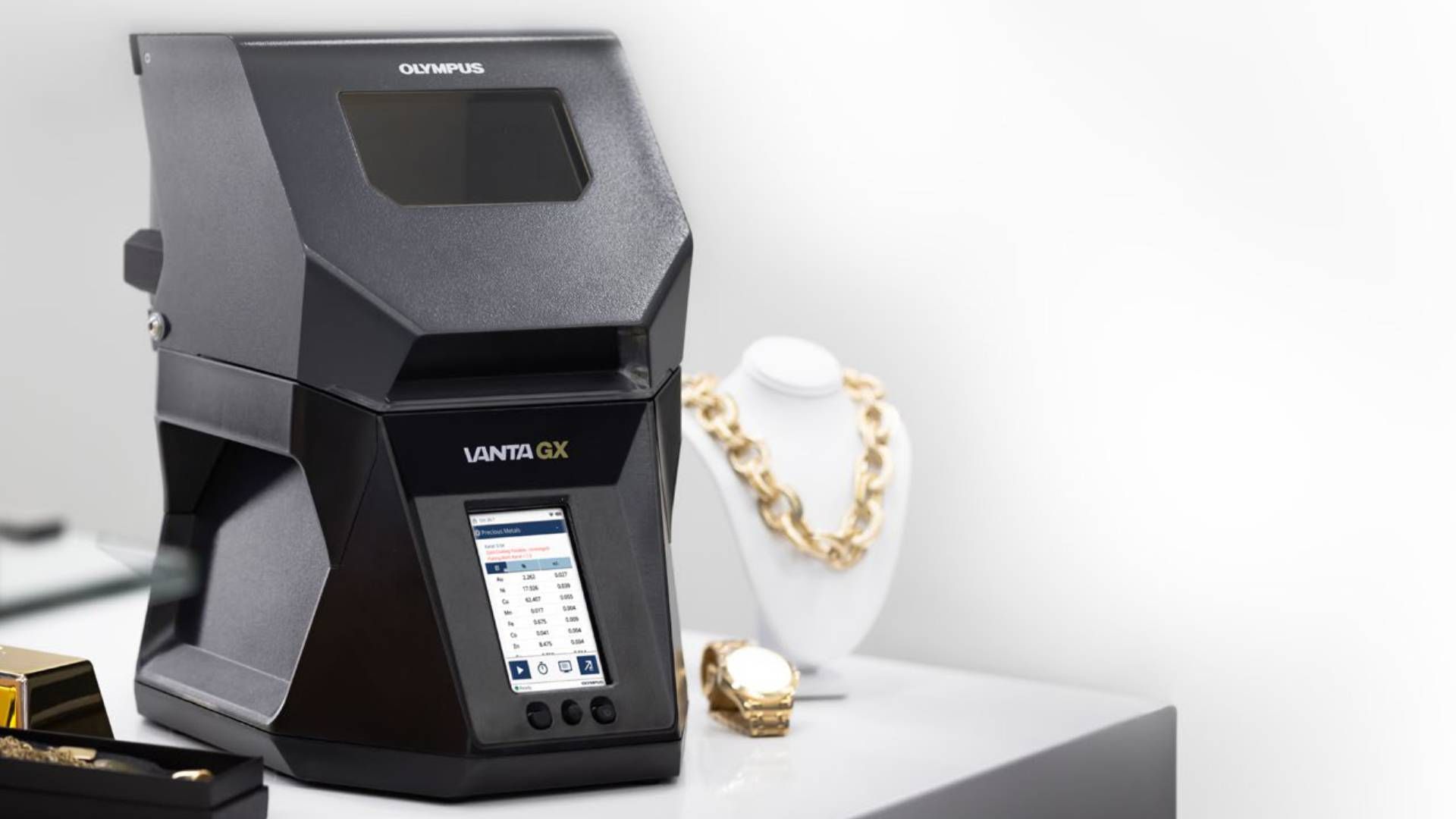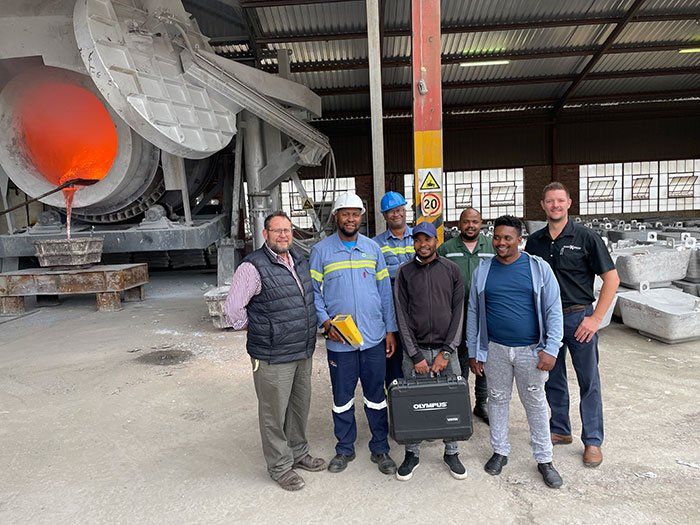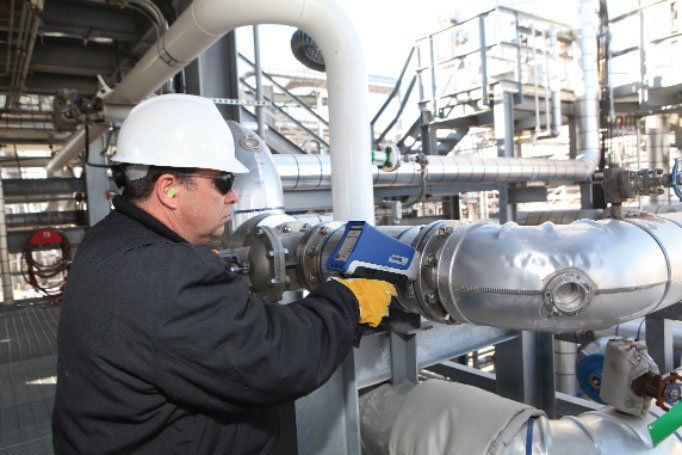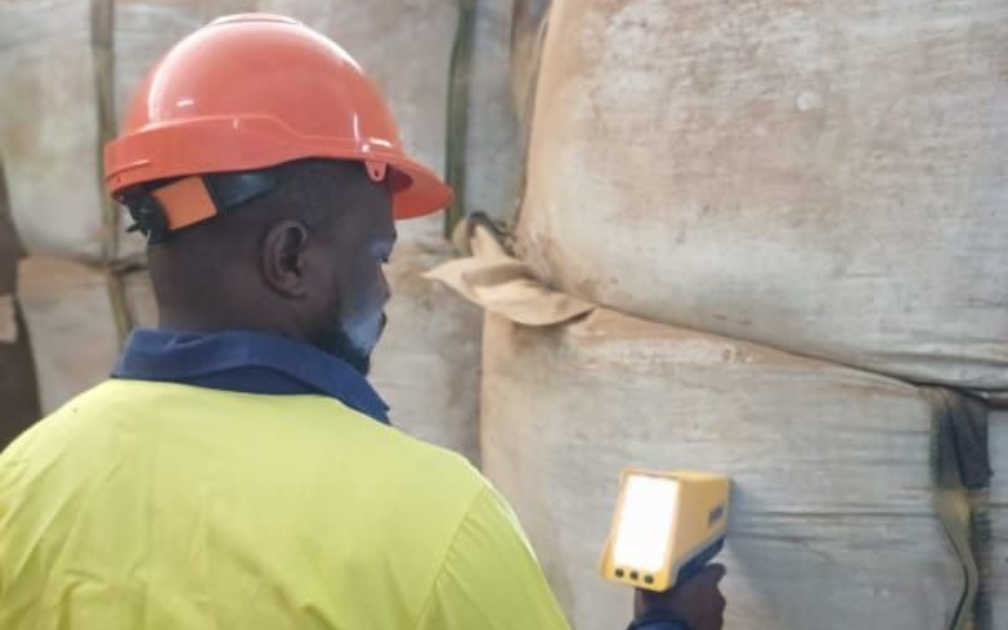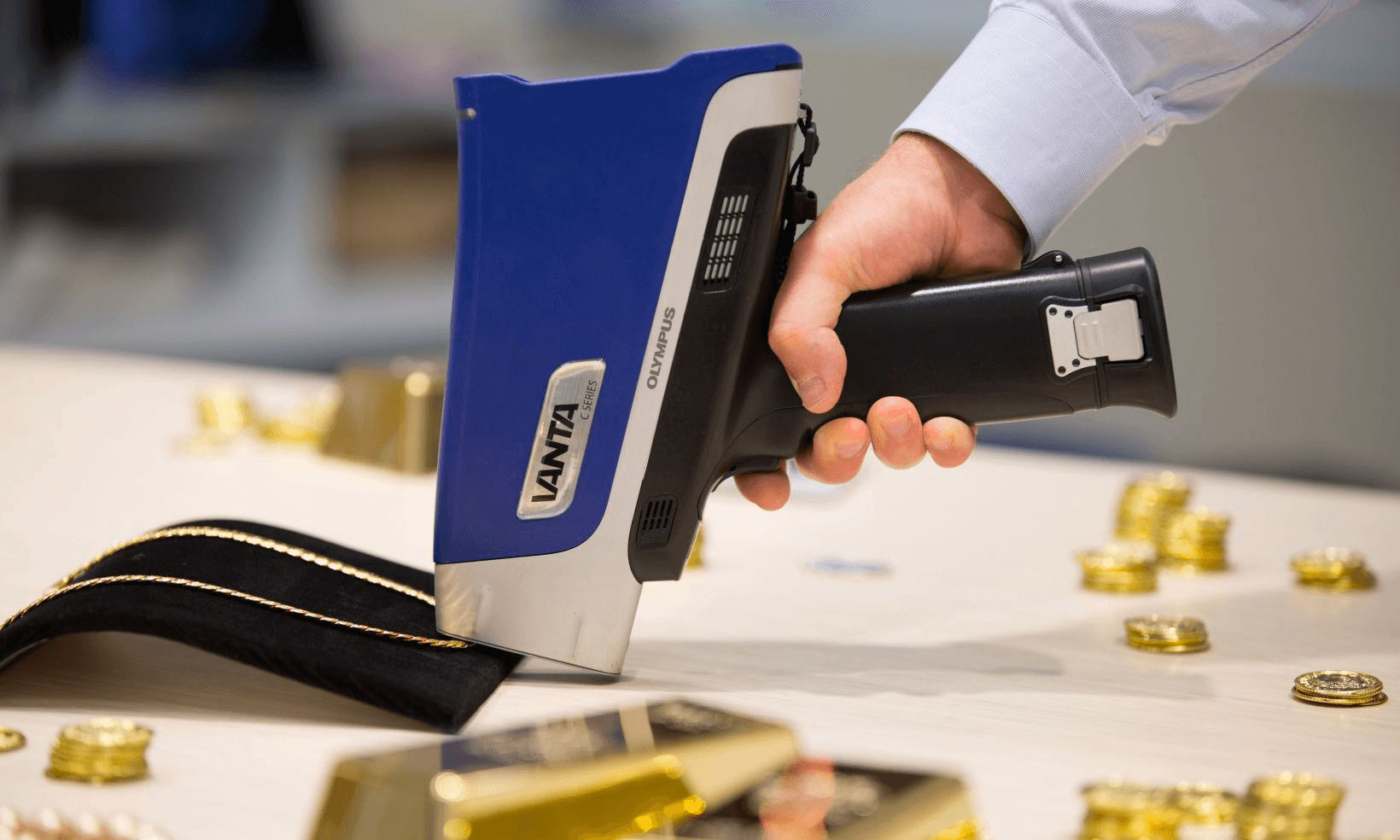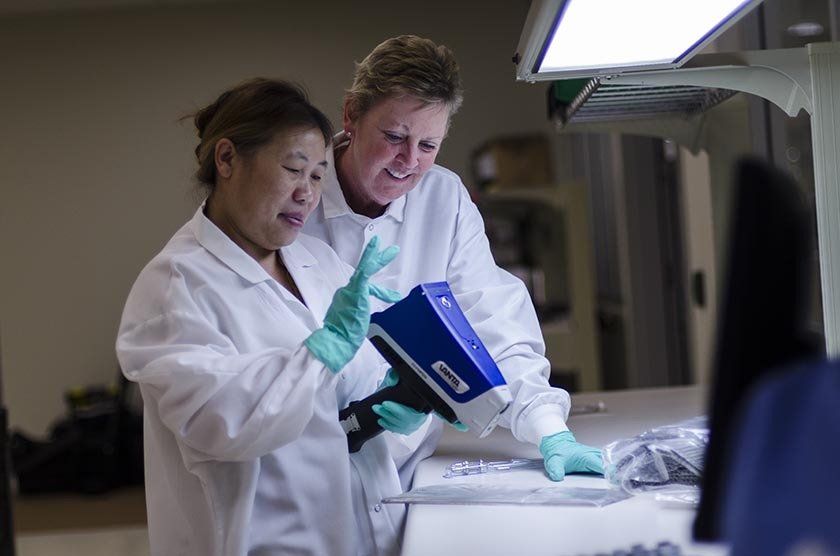Striking a balance between handheld XRF and lab-based methods
Africa’s growing role in the global resource economy continues to drive the demand for efficient and reliable testing methods. X-ray fluorescence (XRF) technology, which has served the mining industry for decades, remains a critical tool, offering rapid, non-destructive elemental analysis in the field.
Jonathan Pearn, Regional Technical Cargo Specialist at Alfred H Knight, emphasises that while XRF isn’t a new innovation, how it’s being used has evolved. “What has changed is how smart companies are integrating it into their operations,” he explains. Rather than replacing lab-based analysis, XRF should be seen as a complementary, versatile tool that adds value across the mining and minerals value chain.
Accuracy Versus Speed
Handheld XRF analysers are portable, non-destructive tools that enable near-instant elemental analysis with minimal sample preparation, making them ideal for time-sensitive applications such as on-site material assessments. These devices significantly reduce reliance on laboratory turnaround times, especially during upstream exploration, field screening, and in-transit material inspections. However, Pearn cautions against sacrificing accuracy for speed.
“If the results are to be used in a commercial transaction, export certification, or for environmental compliance, lab-based techniques such as fire assay, titration, ICP, AAS, or fused bead WDXRF are essential,” he says. These laboratory methods deliver the precision and traceability required for critical decision-making. Even with Handheld XRF, the quality of results hinges on rigorous sampling, proper preparation, and controlled measurement conditions.
The Importance of Sample Preparation
Handheld XRF results are most reliable in controlled environments. Under such conditions, businesses can extract meaningful operational insights without compromising data integrity. “The Handheld XRF is a valuable tool in logistics and cargo validation, particularly given the rise in fraud involving base metal concentrates and critical ore minerals,” Pearn explains. By enabling initial characterisation, ensuring traceability, and detecting anomalies as material moves from origin to port or processing plant, Handheld XRF enhances quality control across the supply chain.
Complementary Methods Deliver Greater Value
The real value emerges when Handheld XRF is used in conjunction with laboratory methods. For instance, it can help:
- Screen incoming materials
- Minimise material mix-ups
- Identify quality variations early
This is particularly beneficial in high-volume operations, where even small errors can lead to costly inefficiencies or losses. “Field-based XRF remains especially useful for clients monitoring products in transit or operating in areas where sampling is difficult due to local regulations,” says Pearn.
Extracting the Most Value: Key Considerations
When determining the best approach for testing, companies should ask:
- Is the material suitable for Handheld XRF?
- Are operational conditions conducive to accurate results?
- Has the sample been adequately prepared?
Strategic clients recognise that Handheld XRF and lab-based testing are not competing, but complementary. XRF is ideal for rapid on-site screening and decision-making, while laboratory analysis offers the precision needed for compliance and trace-level detection. Maxime Francois, the Regional General Manager further noted that, “at AHK, our clients are our top priority. We continually seek new ways to enhance our support and expand our capabilities in areas where our clients want us to be involved. In line with this commitment, we have invested in three new XRF technologies at strategic locations across Southern Africa over the past few years.” In conclusion, smart organisations optimise both efficiency and analytical confidence by combining XRF’s speed with the accuracy of lab-based methods—leveraging each for what it does best.
